Blended learning is here to stay.
With all the technological advancements and academic evolutions we have available to us, it’s high time we learn how to make these our friends. One such academic evolution is the ability to hold onsite and online classes. So it’s our job as educators to seamlessly blend the two. When deciding which activities to do onsite and which to do online, it’s best to think about the primary impact. Meaning, if this activity were done onsite or online, what would be the result?
- For Onsite Modalities – it’s best practice to use synchronous, face-to-face classes for lessons and activities that lend themselves better to conversation and participation.
- For Online Modalities – it’s best practice to use an online, asynchronous modality for lessons and activities that lend themselves better to independent work which students can do at their own pace.
Think about the following activities and whether they’re suited to onsite or online class:
- Readings
- Lectures
- Discussions
- Watching videos
- Presentations/Reports
- Group Work
When you see an activity – what’s your first instinct? Why do you think that is so? Listen to those instincts, because there’s no right or wrong answer. While we’d love to tell you that “x activity is best for x modality,” the reality is quite different. Whether an activity is best suited for online or onsite depends on your intention – what you want to achieve through the activity, and how you want your students to interact with it.
For example – during our faculty retreat, we had assumed that most professors would say that readings would be best for online or asynchronous sessions to give students time to digest the content on their own time. But some professors raised the point that they do guided readings in class, which allows their students to ask questions as they go, and are thus able to grasp more difficult concepts quicker.
At the end of the day, it comes down to the nature of your class, the needs of your class, and the primary impact of the modality. Ask yourself:
- What would be the result (primary impact) if I conducted (readings/lectures/discussions/videos/reports/group work) onsite or online?
- What do my students really need at this moment – do they need more opportunity for conversation and collaboration or do they need more time to work independently?
Let’s try answering these questions for a “Lecture” activity:
| Onsite | Online Asynchronous | |
| What would be the result (primary impact) if I conducted (readings/lectures/discussions/videos/reports/group work) onsite or online? | I want to conduct my lecture onsite because I want to be able to read my students’ facial expressions and body language and adjust accordingly. If I see they are losing interest, maybe I need to have a quick break or energizer. If I see confused expressions, I can ask them what I need to go over again. | Because this lecture is quite heavy, I want to give my students my recorded lecture, so they can go through the lecture at their own pace. I’ve also prepared guide questions which they can answer as they watch the recorded lecture. |
| What do my students really need at this moment – do they need more opportunity for conversation and collaboration or do they need more time to work independently? | Because this lecture has a lot of technical jargon, I want to do an onsite lecture so I can hear their questions right away and give them answers in real time. In this case, they need more opportunity for conversation. |
Once you figure out which modalities will work best for each topic/class session, we encourage you to put them in your syllabus so your students will be guided accordingly. Check out this design pattern for more info!

